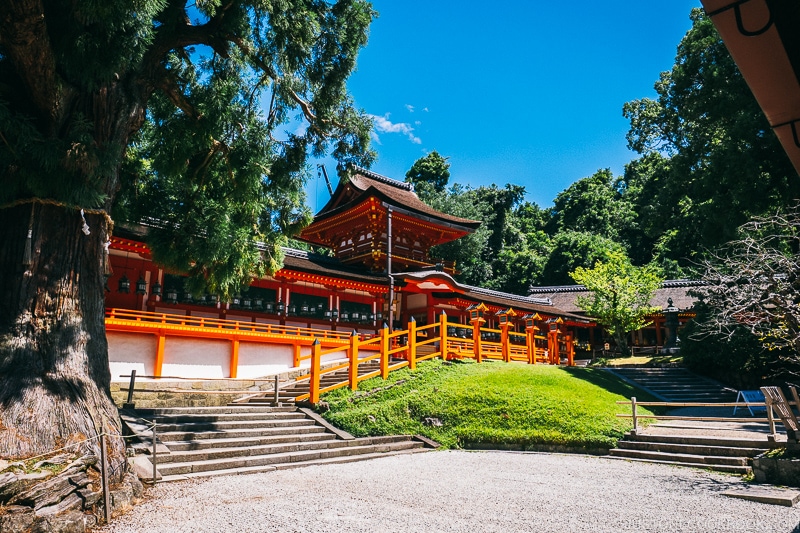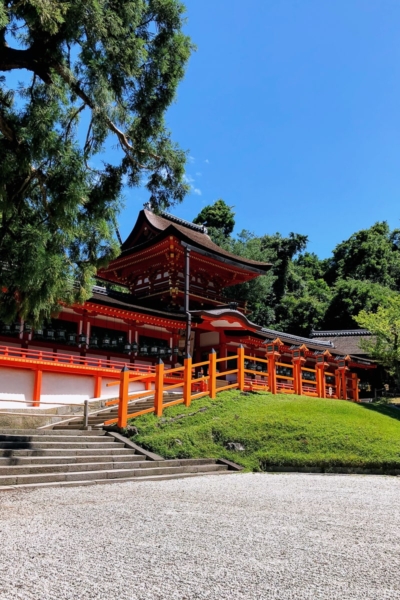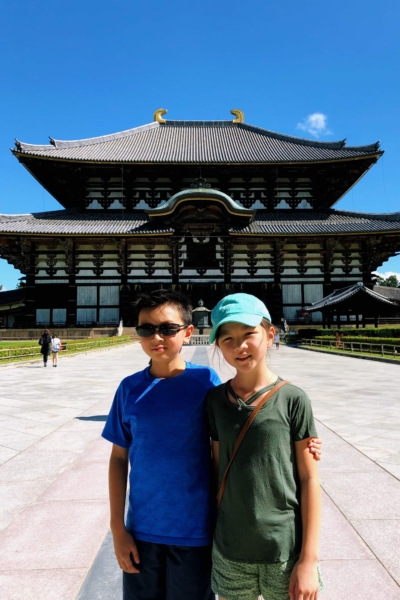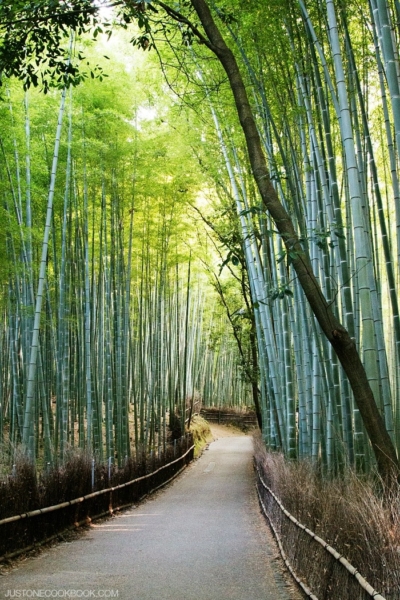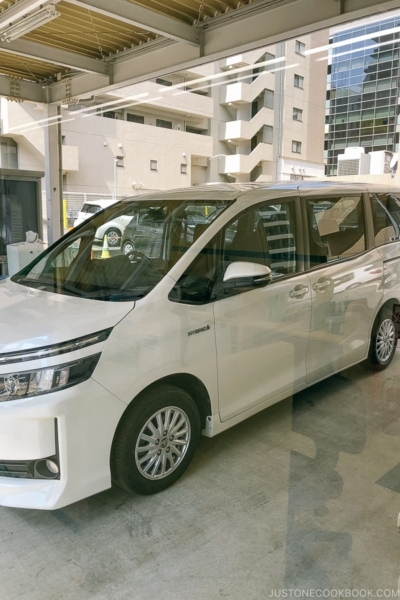Explore historical and once powerful Nara temples and shrine in this travel guide. Enjoy the religious wonders around the city including the oldest wooden structure in the world.
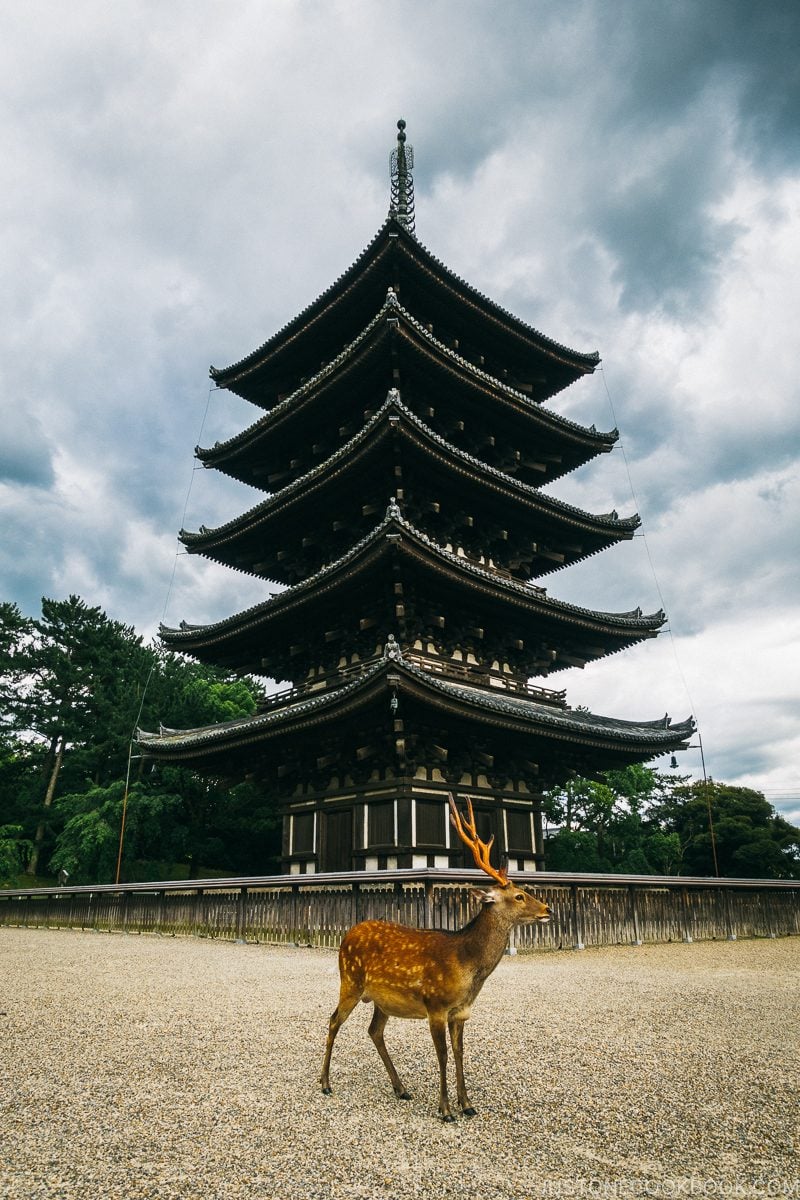
Nara was Japan’s first capital from 710 to 784, and during this time Buddism had a strong influence on politics especially the Imperial Family. The Imperial Family or the influential Fujiwara family built Todaiji and many Nara temples.
Among the many temples, the best well known are Nanto Shichi Daiji (The Seven Great Temples) and the Historic Monuments of Ancient Nara. The two lists has a bit of overlap (in bold below) and we had the chance to visit many of them during our trip to Nara.
The Seven Great Temples of Nanto (南都七大寺):
- Gangō-ji (元興寺)
- Kōfuku-ji (興福寺)
- Tōdai-ji (東大寺)
- Yakushi-ji (薬師寺)
- Hōryū-ji (法隆寺)
- Saidai-ji (西大寺)
- Daian-ji (大安寺) (did not visit)
Historic Monuments of Ancient Nara:
- Gangō-ji (元興寺)
- Kōfuku-ji (興福寺)
- Tōdai-ji (東大寺)
- Yakushi-ji (薬師寺)
- Kasuga Grand Shrine (春日大社 Kasuga-taisha)
- Tōshōdai-ji (唐招提寺)
- Heijō Palace (平城宮 Heijō-kyū) – Nara Palace Site
- Kasugayama Primeval Forest (春日山原始林 Kasugayamagenshirin) (did not visit)
Historical Nara Temples and Shrine
Nara temples and shrine are mostly close to today’s city center. However, there are a few that are quite a bit of distance from Nara Station. Since we had only 2 days, we rented a car to shorten our travel time (Read on Ultimate Guide on Driving in Japan). EVen though compared to other Japanese cities, there are no convenient subways in Nara. The good news is there are city buses that can take you to all the locations.
Come join us as we check out Nara temples and shrine. We’ll start from Kasuga-taisha and make our way westward and towards the south to finish our trip at Horyuji.
Kasuga Taisha (Kasuga Grand Shrine) (春日大社)
Kasuga Taisha is Nara’s oldest and most famous shrine. This beautiful UNESCO World Heritage Site has thousands of stone and bronze lanterns, and the brilliant vermilion columns with white walls surrounded by lush green trees. It is one of the main attractions in Nara and we did a full post on the shrine so check it out over here.
Todaiji (東大寺)
Located very close to Kasuga Taisha in Nara Park, Todaiji is one of Japan most famous temples dating back to 752. The gigantic wooden structure houses the world’s largest bronze Buddha statue. We also shared a detailed post so please check it out.
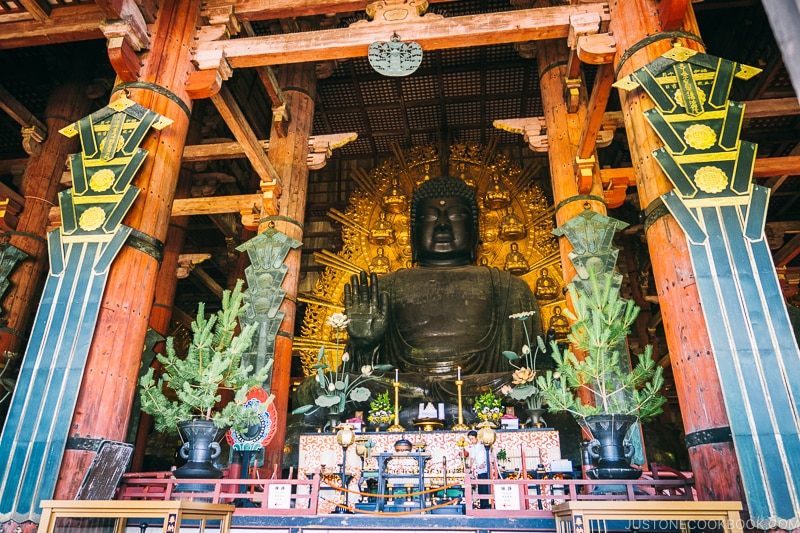
Kofukuji (興福寺)
As we make our way westward from Todaiji, Kofukuji is the first temple we’ll visit. Its history goes back to 669 in Kyoto and it was moved to the current location like many other temples in the city at the time when Nara became the capital. At the time, Kofukuji was a powerful temple with large influence over politics due to its tie with the Fujiwara family. The power remained for centuries and only started to fade around the 15th and 16th century. Kofukuji’s landmark is the five-storied pagoda dating back to 1426. It is currently the headquarter of the Hosso Sect of Buddhism.
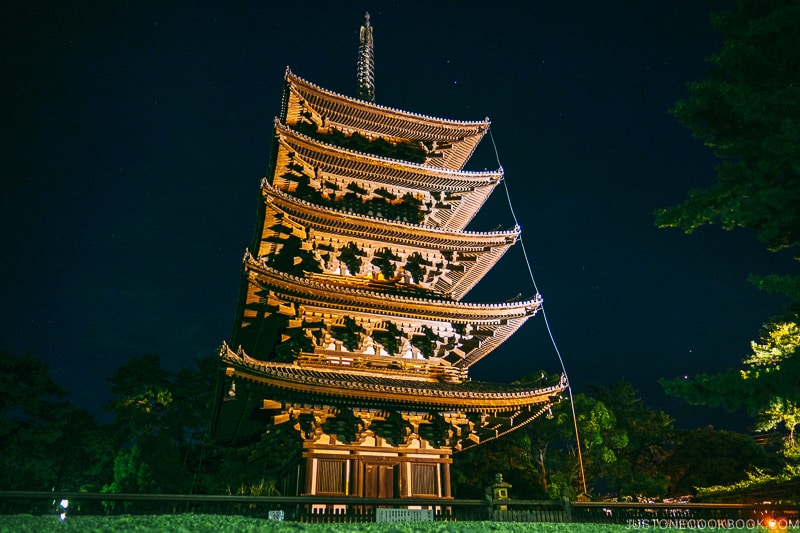
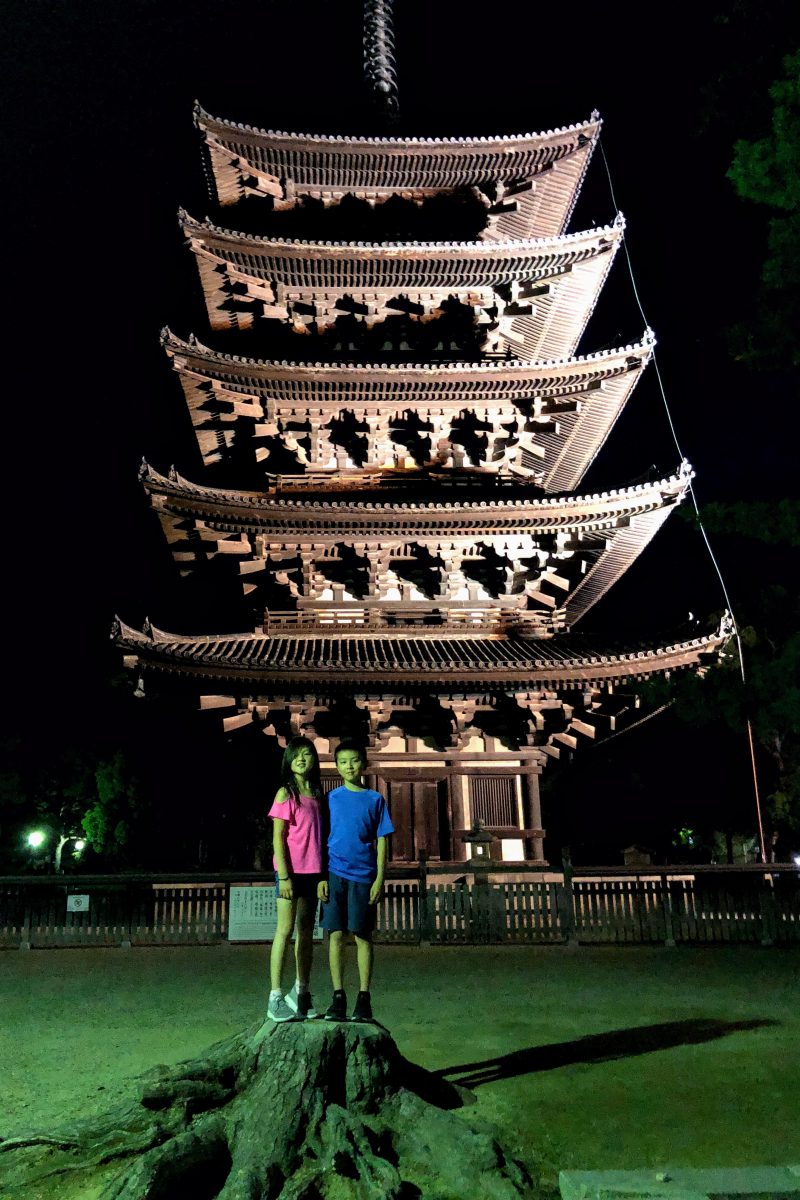
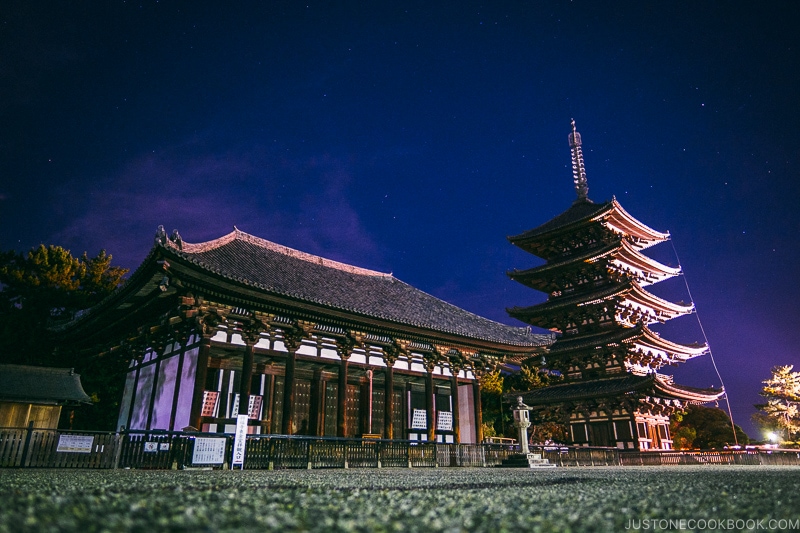
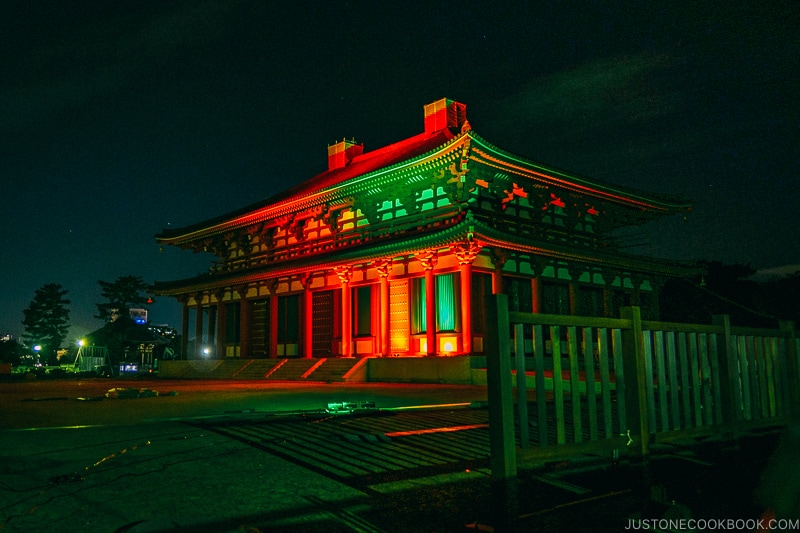
Gangoji (元興寺)
From Kokufuji we’ll head just a bit south to visit Gangoji. According to the literature from Gangoji, Emperor Sushun constructed Japan’s first Buddhist temple named Hokoji and later called Asuka Temple due to its location. When Emperor Genmei decided to move Japan’s capital from Asuka to Nara in 710, Asuka temple was moved and renamed Gangoji temple after its reconstruction.
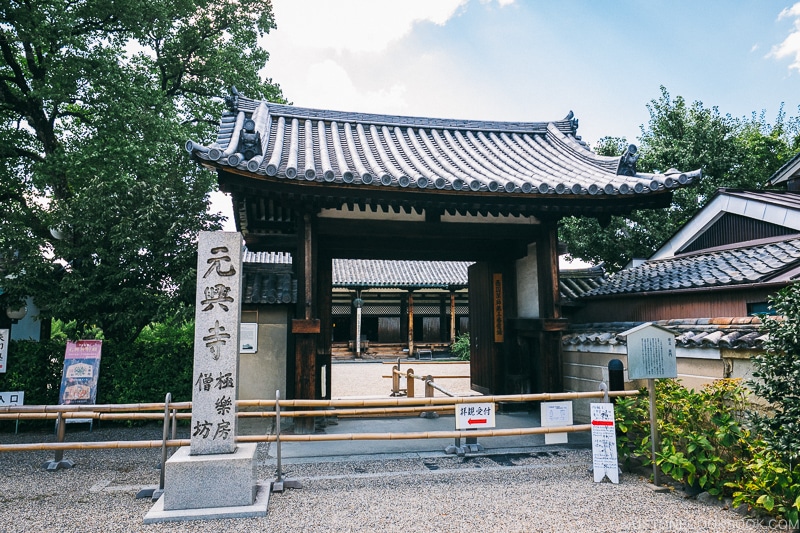
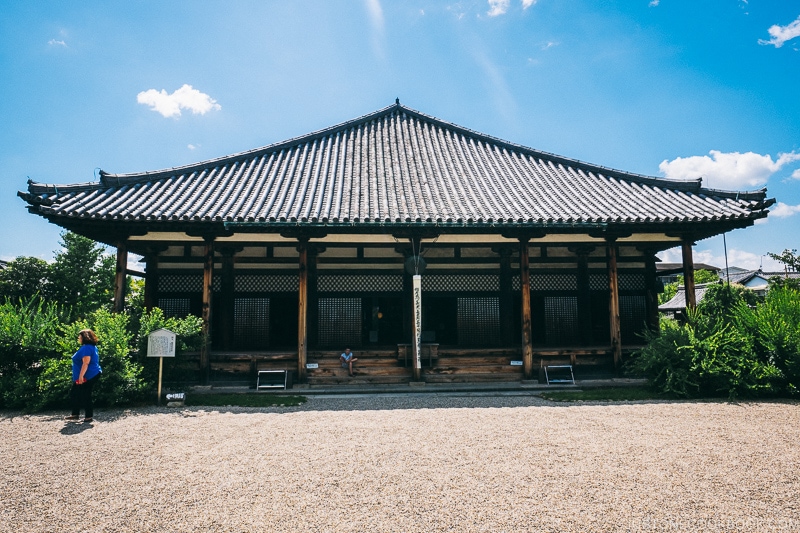
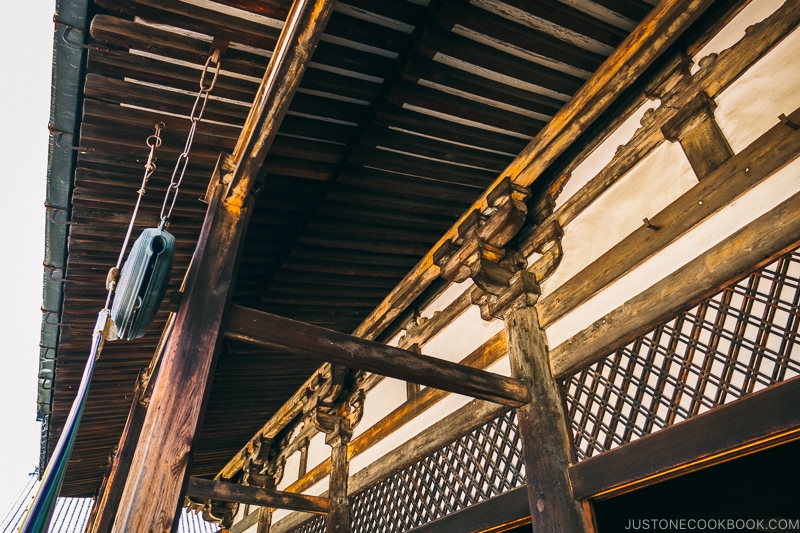
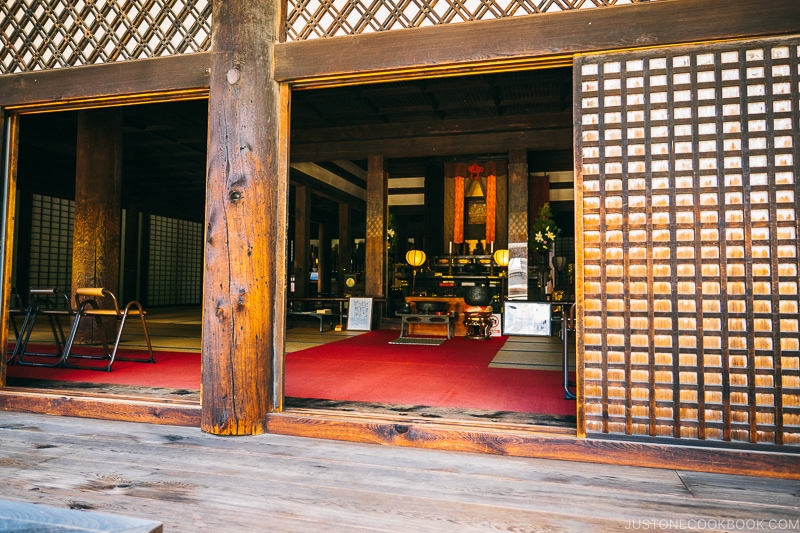
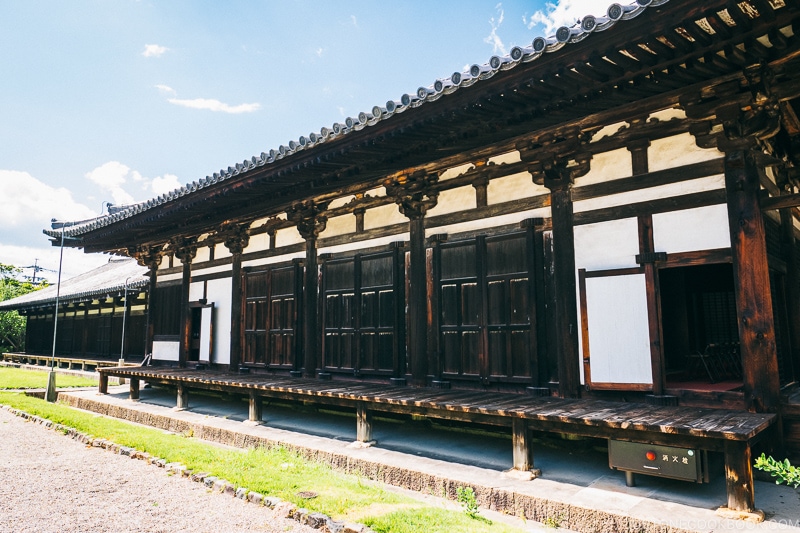
If you are short on time, this is one of the temples we would recommend skipping.
Heijo Palace (Nara Palace) 平城宮
Continue heading west and make a stop at the ruins of the Heijo Palace. The palace was imperial residence and government center for Nara period (710-784) when the capital moved from Fujiwara. Heijo Palace is no longer there today and there were no traces of it for a long time. Starting in the 1970s excavations on the site started and reconstruction of the palace wall and gate has happened during the recent years.
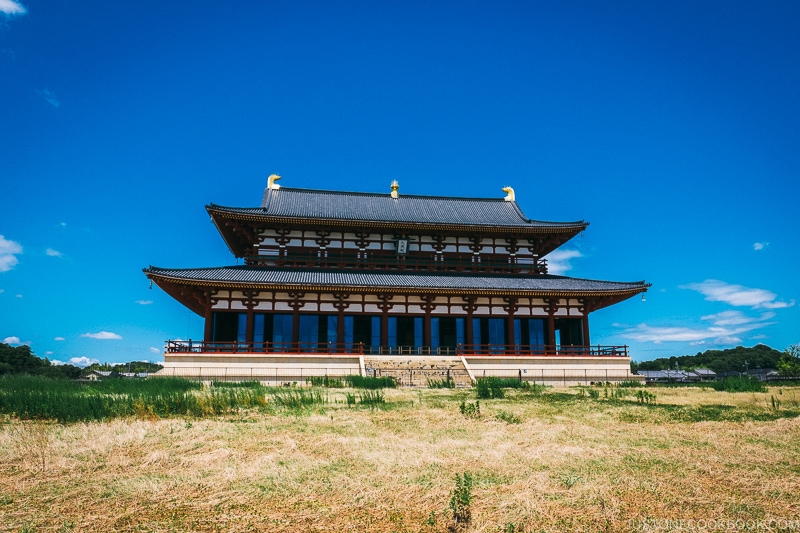
On the site near Daigokuden, there is an Information Center for Reconstruction Project with a model of the palace and what’s happening with the reconstruction efforts. It took 9 years to rebuild the Daigokuden and it was completed in 2010.
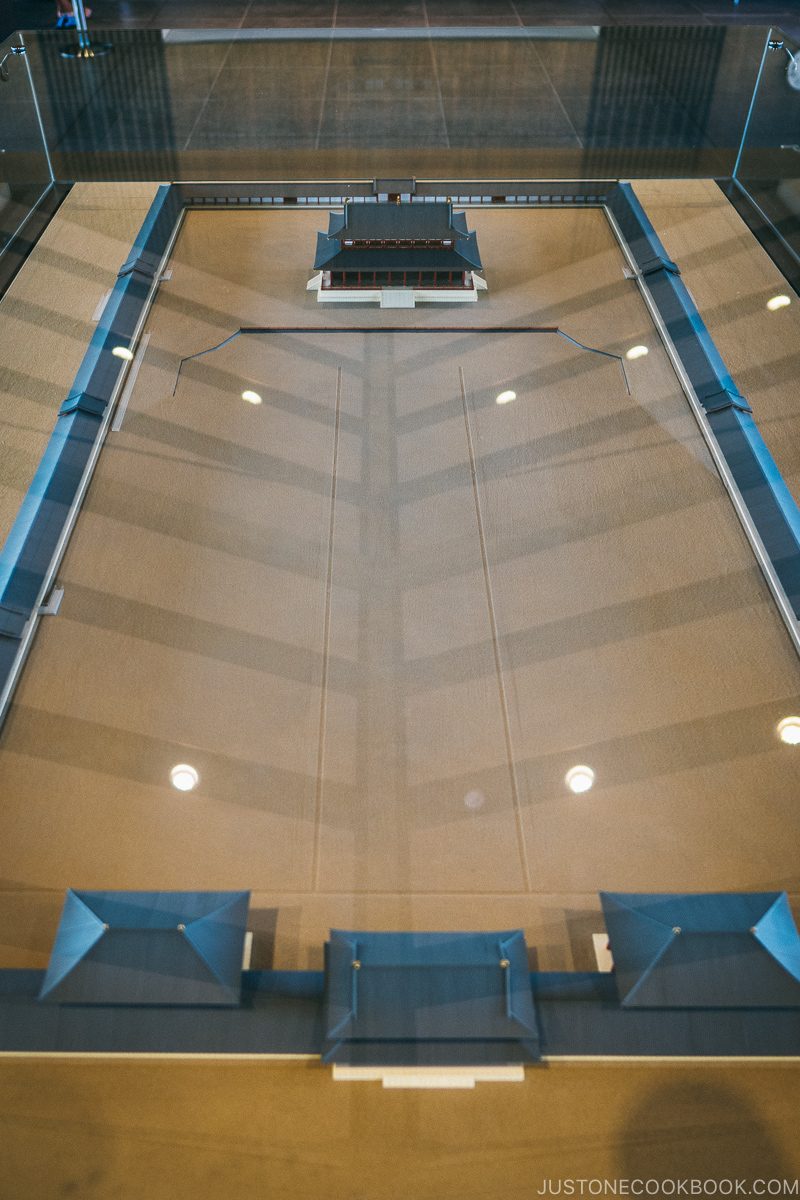
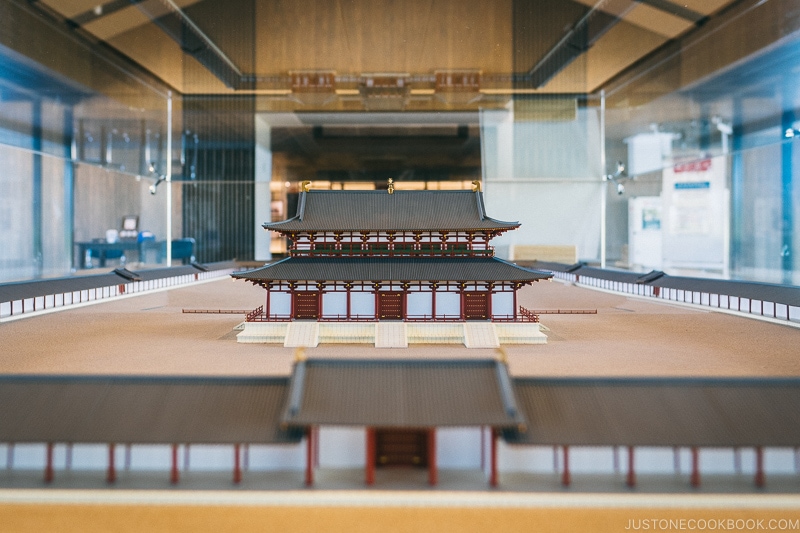
The information center not only included the restoration plan but also showed visitors how its using methods from the 700s for the reconstruction.
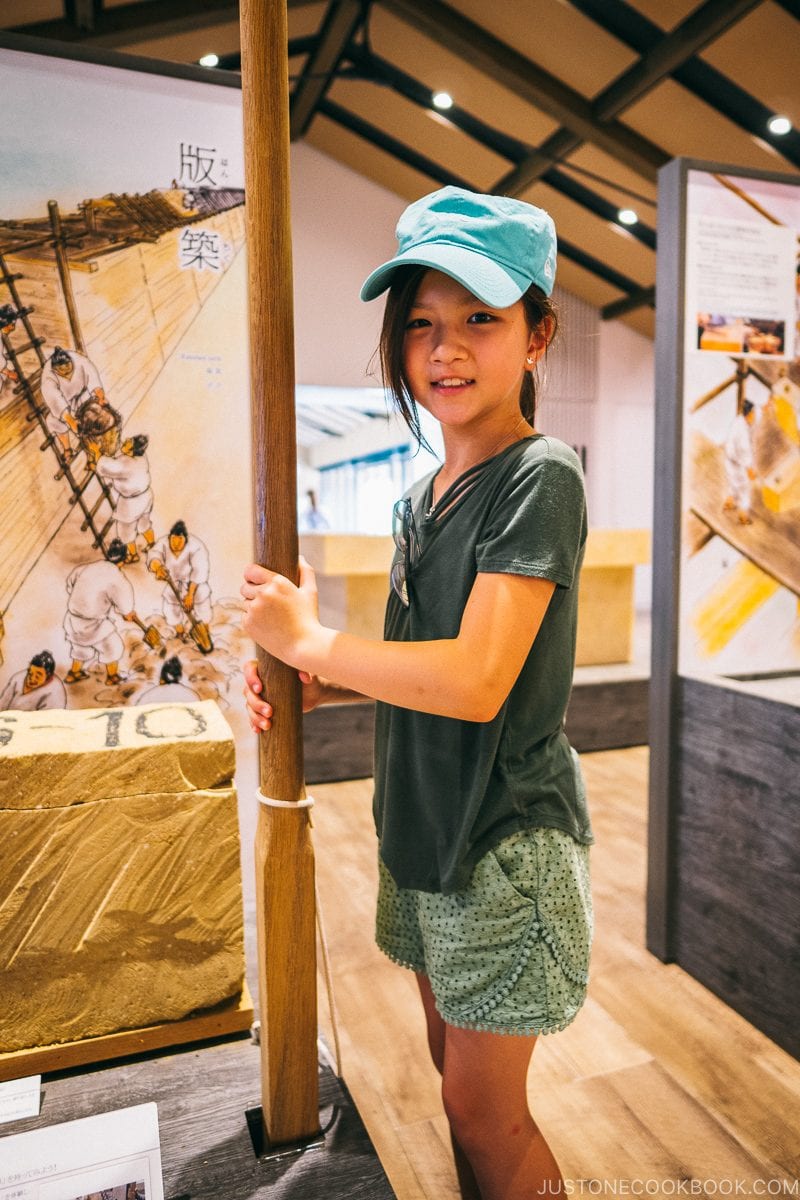
There are exhibits in the information center for hands-on experiences on how the tiles were made and techniques used in woodworking.
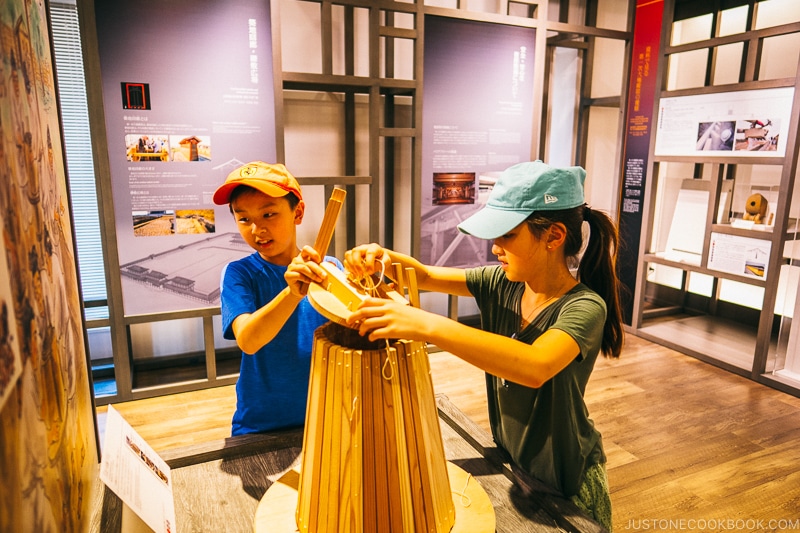
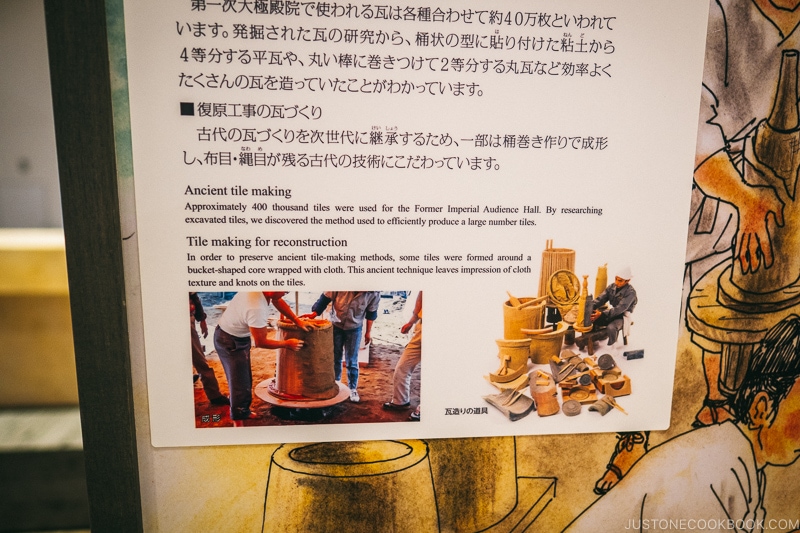
There is a Nara Palace site museum as well where visitors can see the excavation process and many artifacts found on site are displayed. We enjoyed our brief visit to Heijo Palace. It is a very large area so you will need a bit of time walking to the museum, Daigokuden, and information center from Suzaku-mon gate.
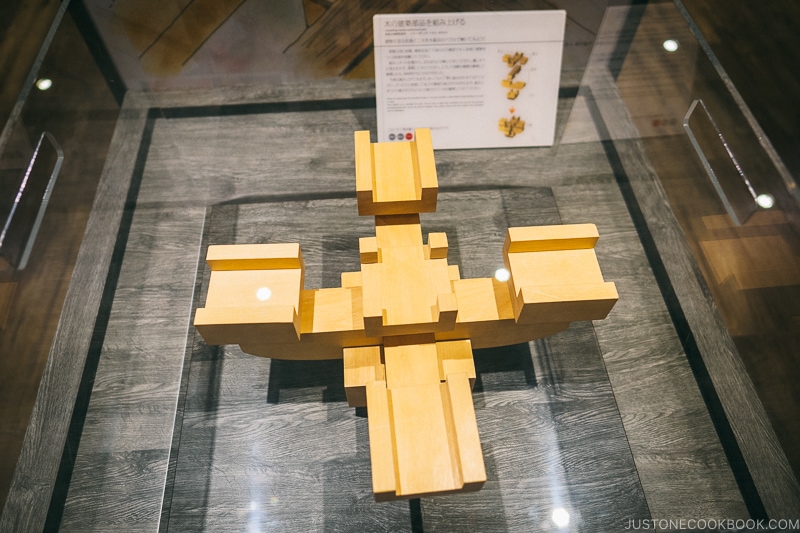
Saidaiji (西大寺)
As we traveled further west, we stopped by Saidaiji – the Great Western Temple. It is one of the seven great temples and in its glory day a counterpart to Todaiji.
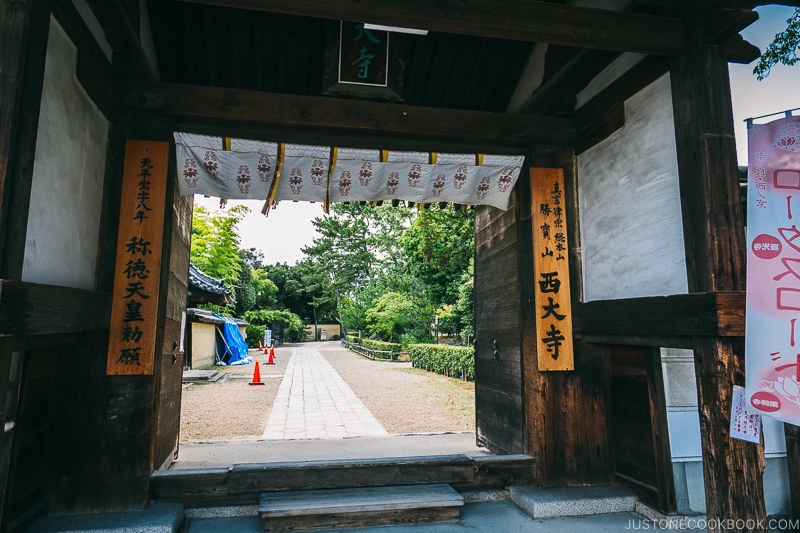
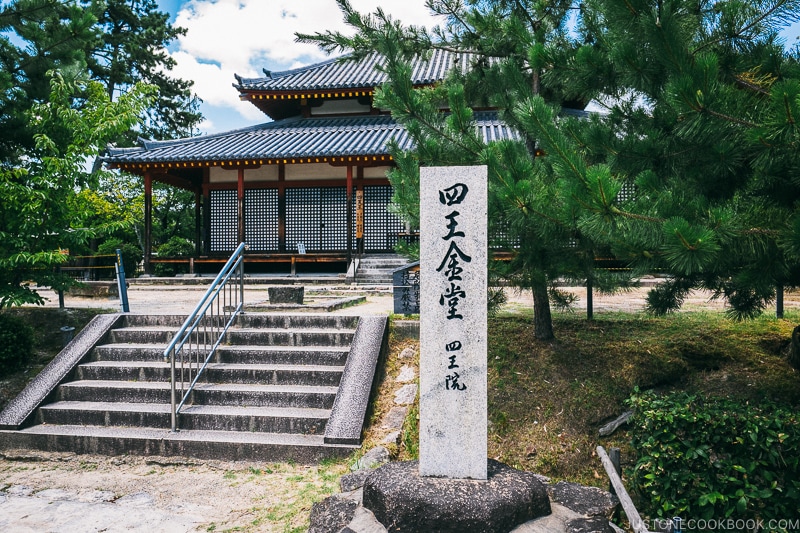
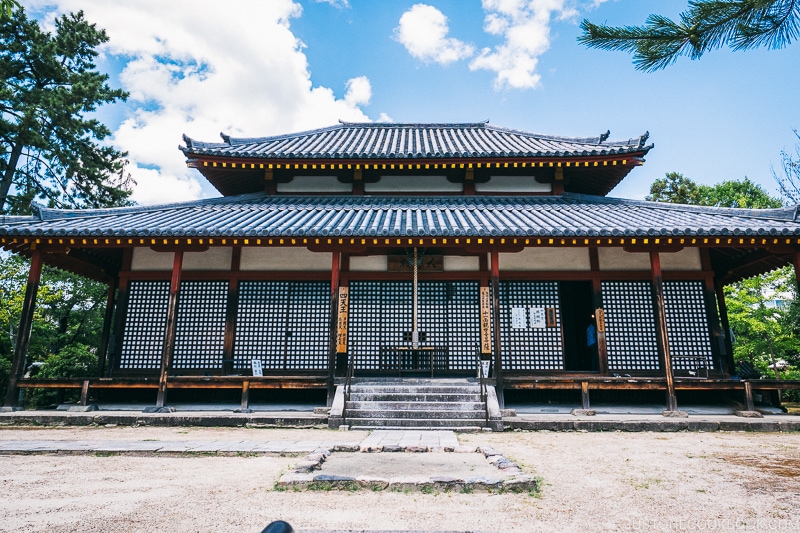
Saidaiji is known for Shakyamuni Buddha in its main hall and a tea ceremony in April called O-chamori, and today it is the main temple for Shingo Risshu sect of Buddhism. The feeling at Saidaiji similar to Gangoji, less grand and expansive compared to other temples. However, back in its heyday, it was very powerful and influential. If you are short on time, we recommend skipping Saidaiji.
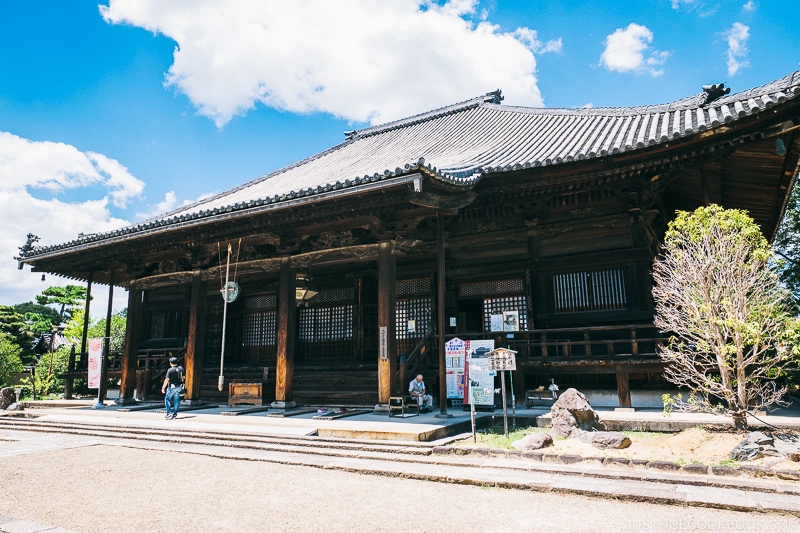
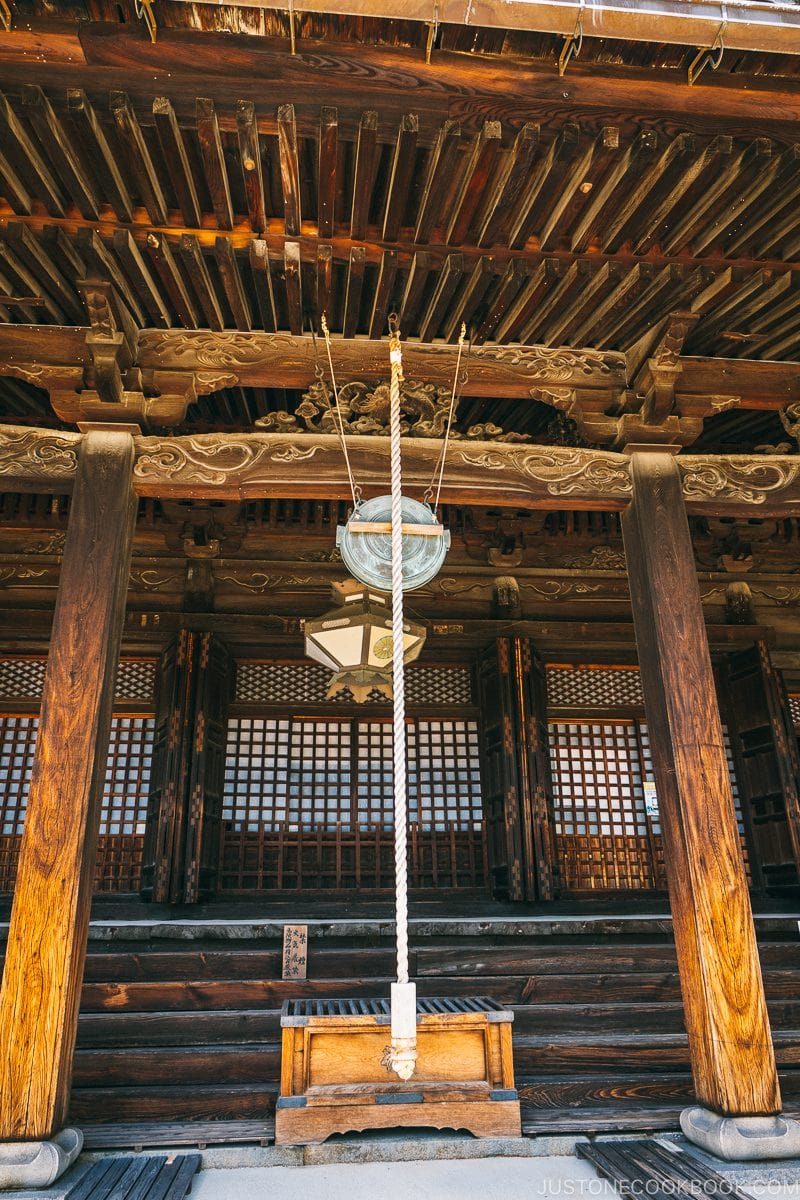
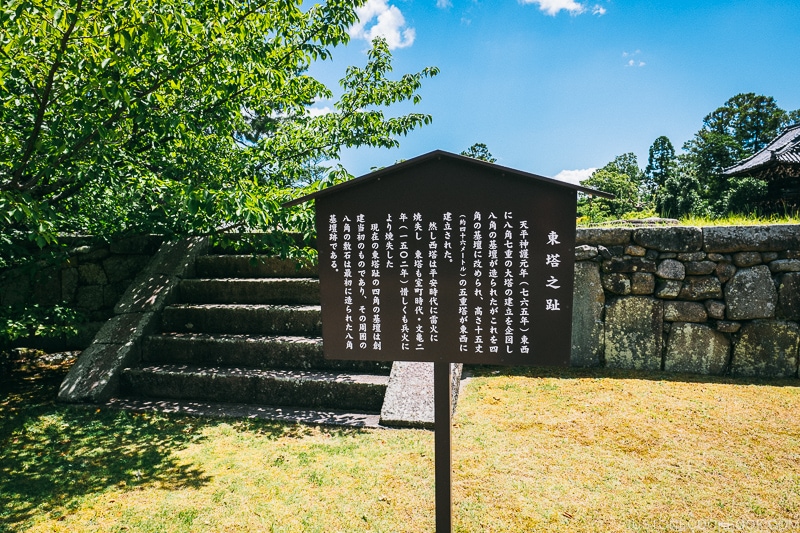
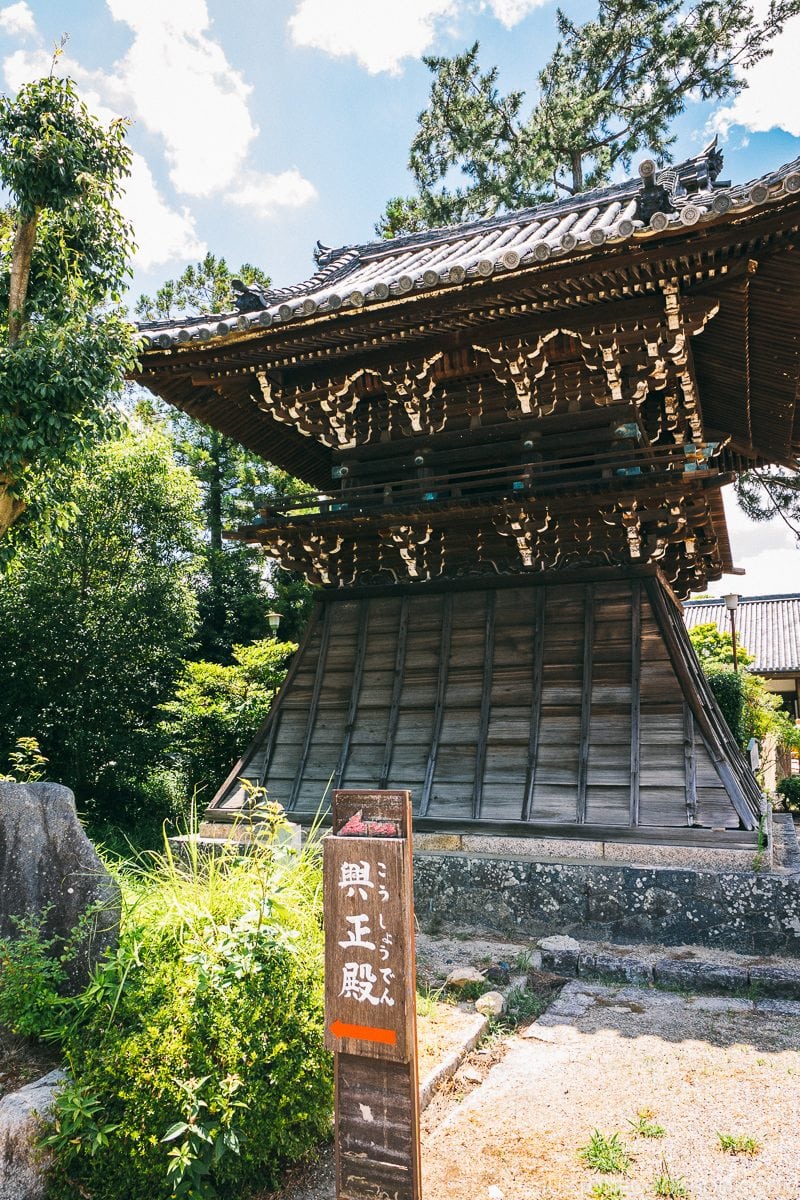
Toshodaiji (唐招提寺)
Toshodaiji is located south of the Saidaiji. It is one of the Historic Monuments of Ancient Nara and today it’s still the headquarter of Ritsu Sect of Buddism. The name is unique as the “To (pronounce [toh])” in the name was derived from Tang Dynasty (唐) character. The temple was built in 759 by Chinese monk Ganjin. History says that Ganjin tried to go to Japan six times to spread Buddhism and even lost his eyesight in the process due to hardship.
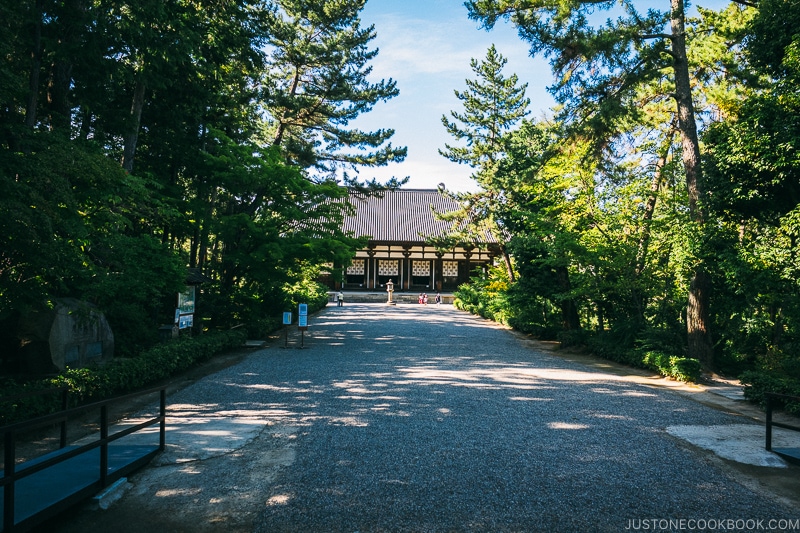
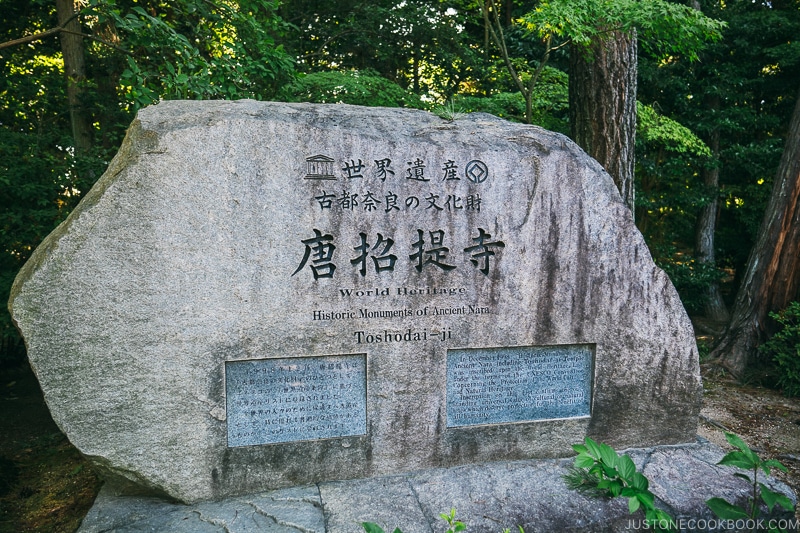
The temple grounds at Toshodaiji is quite massive and beautiful. Besides many historical buildings, there’s a beautiful forest filled with moss on the way to Founder’s Shrine. It is worthy of a visit when you’re in Nara.
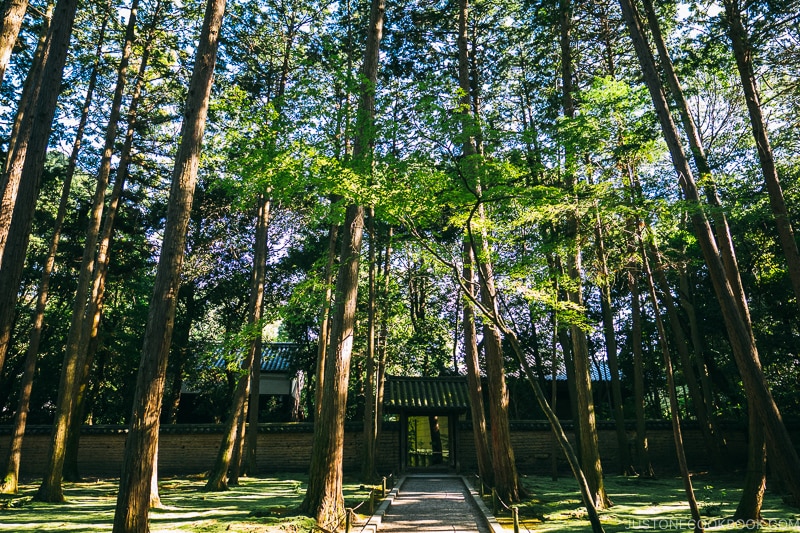
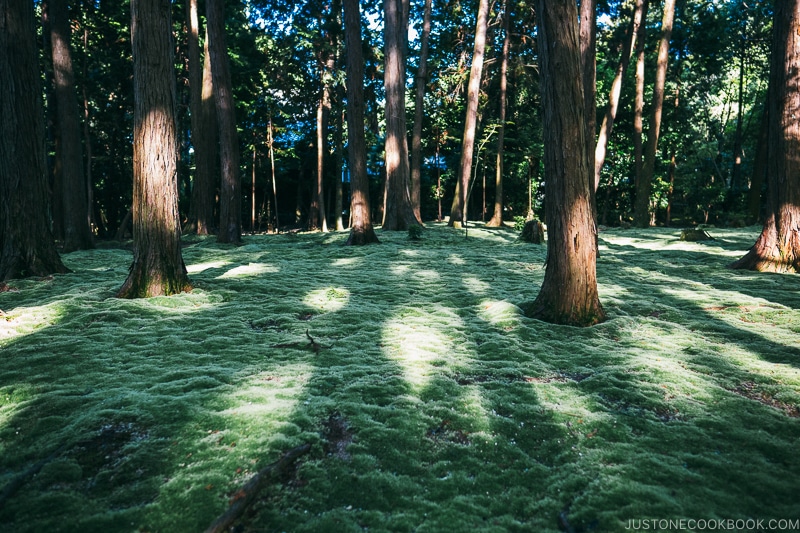
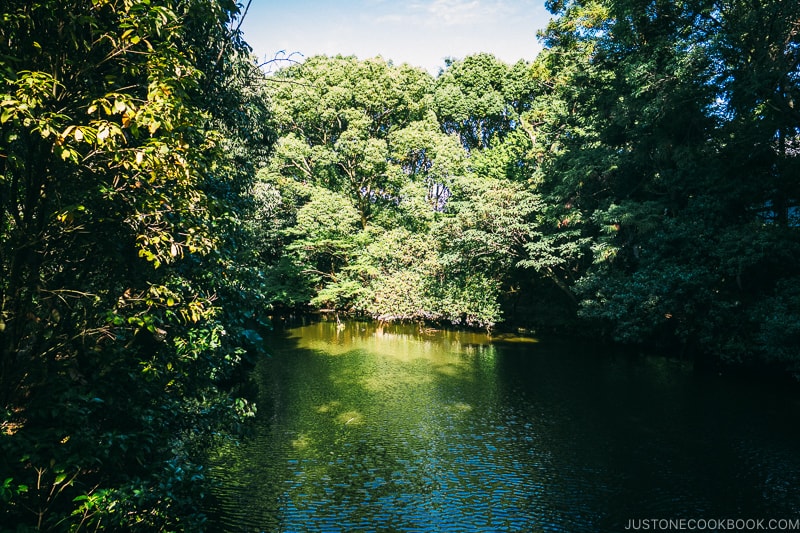
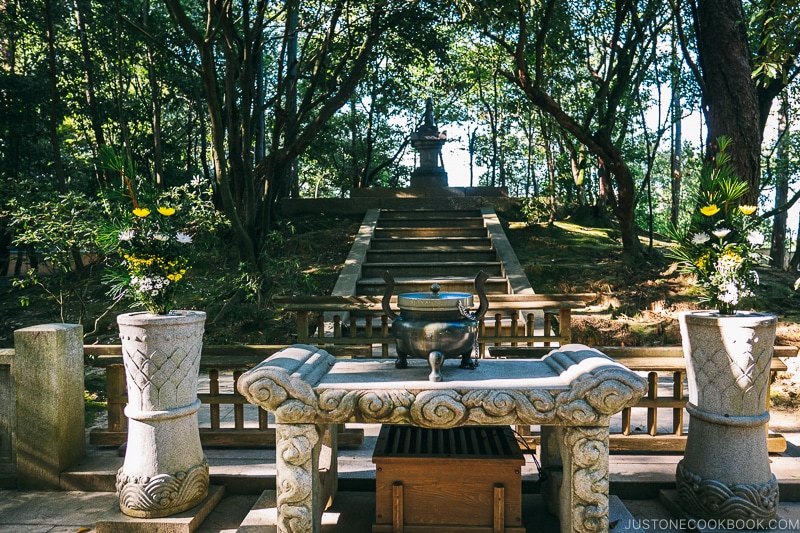
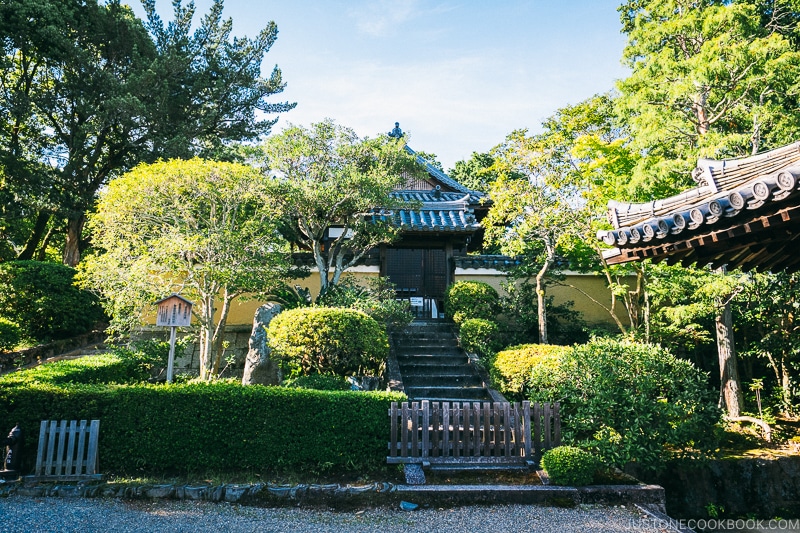
When Ganjin passed away in 763, there was a statue made of him that can only be viewed a few times a year. For more people to enjoy the statue, inside Kaizando Temple there is a replica of Ganjin Wajo statue created in 2013 that can be viewed daily.
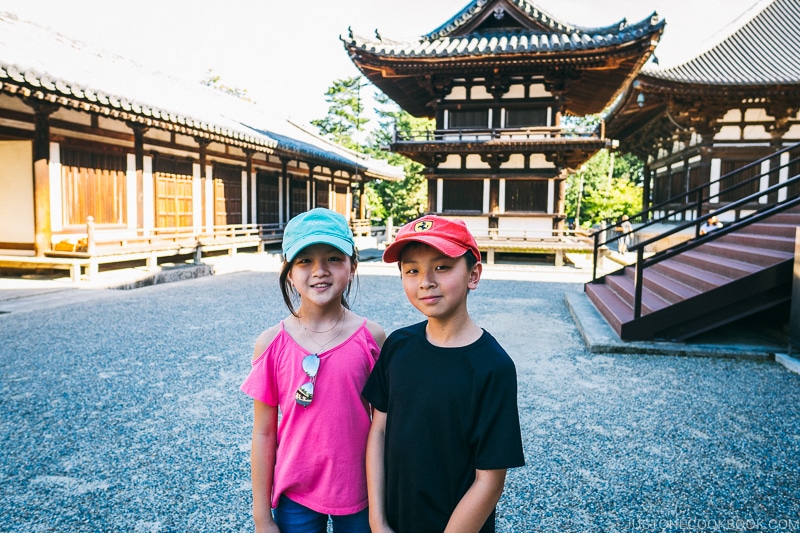
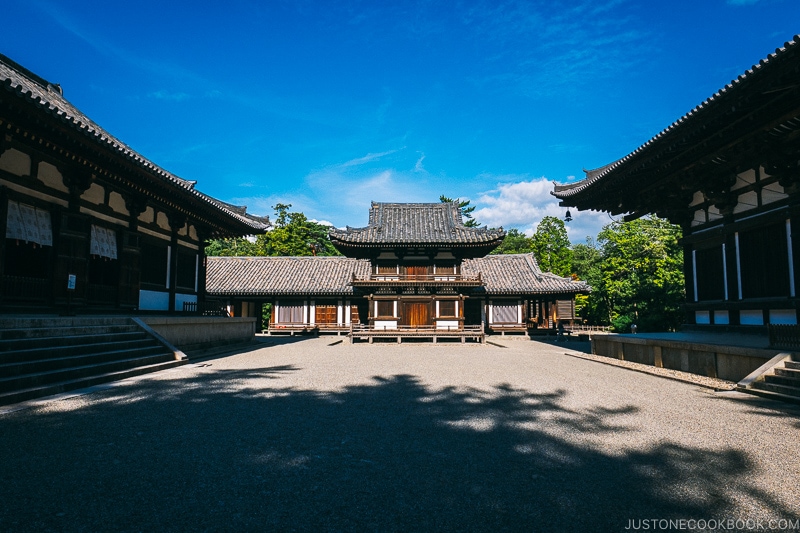
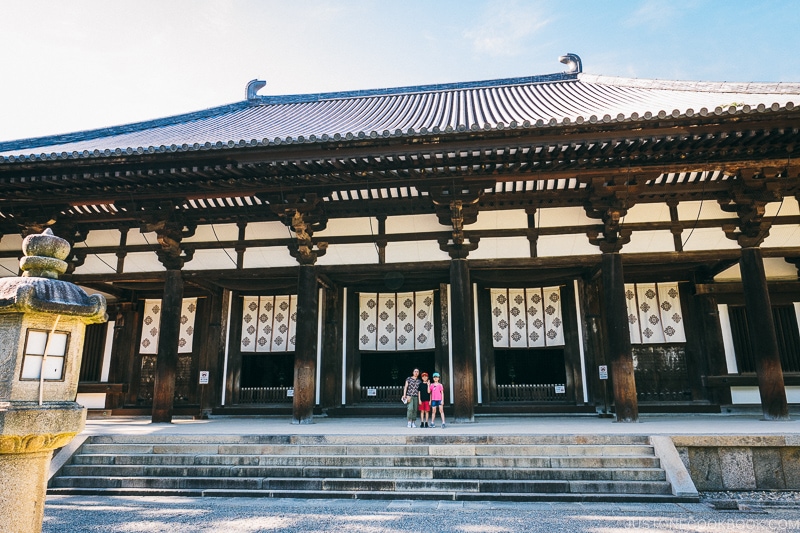
Yakushiji (薬師寺)
Just a bit south of Toshodaiji is Yakushiji, which dates back to 680. It was first built by Emperor Tenmu for his wife, Empress Jito in Fujiwara. It moved to the current location around 718. The temple had been destroyed by fire in the past and only the eastern pagoda is still the original. However, the pagoda is currently under a 10-year restoration project until June 2020 and covered up. We stopped by but did not enter the temple.
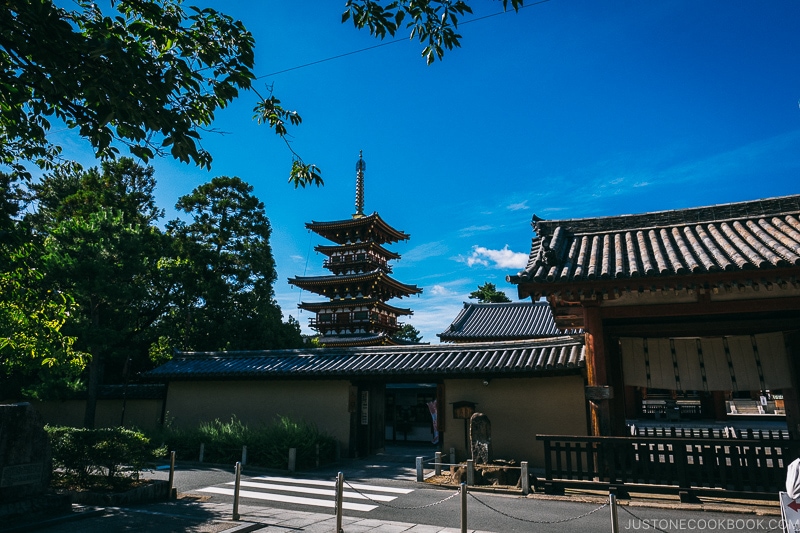
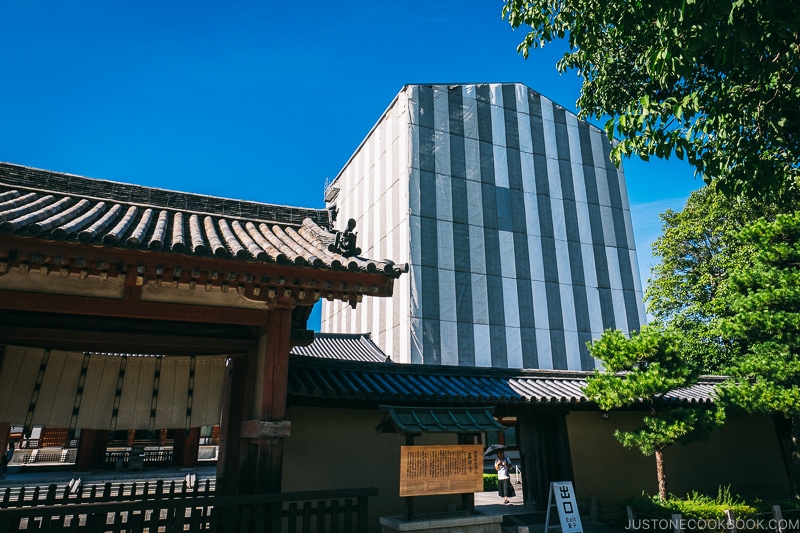
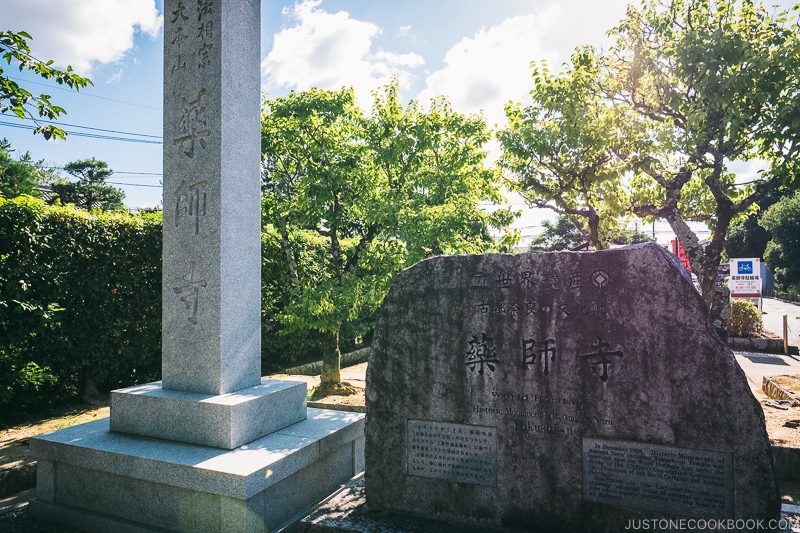
Besides the symmetrical pagodas and the grand main hall, Yakushiji temple is known for the Genjo-Sanzo Precinct. The Genjyoto pagoda inside the precinct holds part of Chinese monk Genjo-Sanzo’s remains. He was the monk which Wu Cheng’en had based his Journey to the West (最遊記) story on.
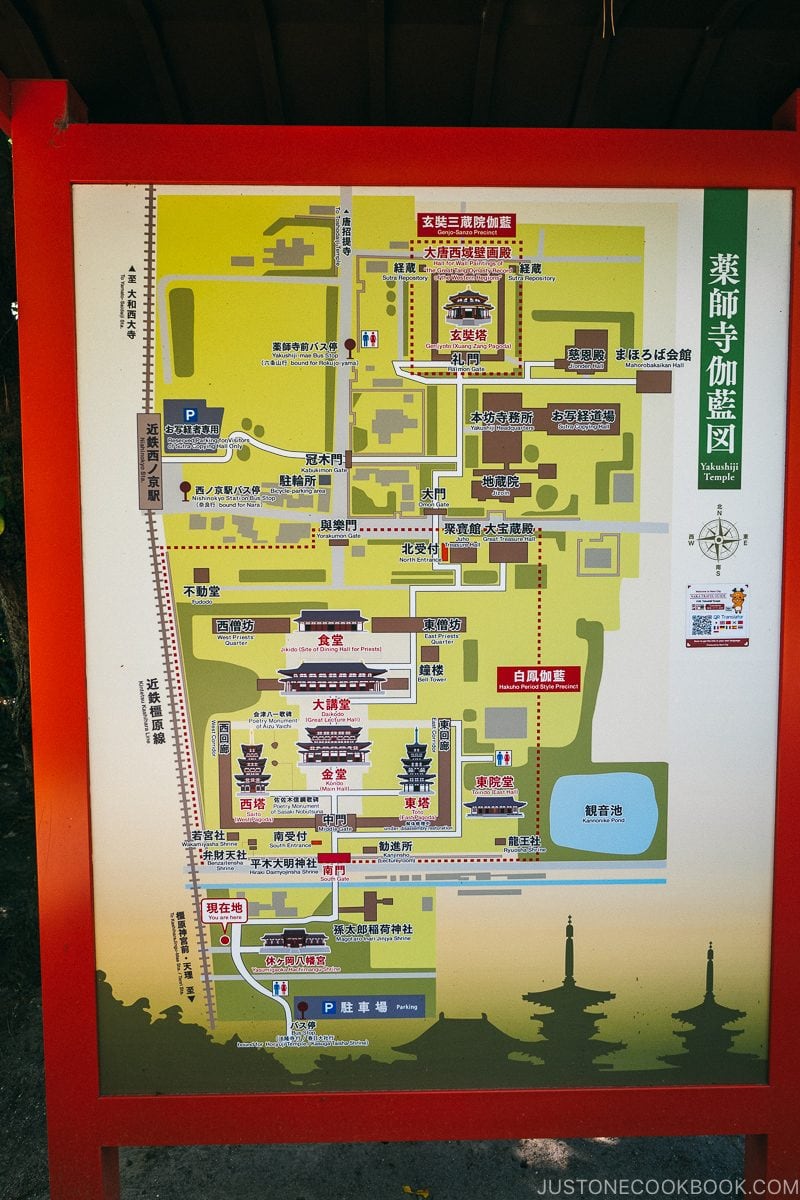
Horyuji (法隆寺)
The last temple we visited during our trip to Nara is Horyuji. It’s a bit far from Nara Station and takes about 1 hour by bus. However, it is significant in several ways and worthy of a visit. Firstly, It is the first site in Japan recognized by UNESCO. Secondly, it contains the oldest wooden structures in the world.


![]() Horyuji was built in 607 by Prince Shotoku and Empress Suiko and it is expansive, its ground covers over 46 acres (187,000 m²). Many of the buildings on the property have significant cultural and historical value and are classified as national treasures.
Horyuji was built in 607 by Prince Shotoku and Empress Suiko and it is expansive, its ground covers over 46 acres (187,000 m²). Many of the buildings on the property have significant cultural and historical value and are classified as national treasures.

The Kondo (Main Hall) and Gojunoto (Five-storied pagoda) dates back to 6th century and recognized as the oldest wooden structures in the world. The great lecture hall (Daikodo) dates back to 990 after the original one burnt down.



Besides the many buildings, there’s also a gallery of temple treasures which contain many priceless items (no photos allowed). Due to its distance from Nara Station, if you have four hours to spare, then head over to Horyuji. It is worth visiting during your trip from Nara only if you have enough time.
Nara Temples Recommendation
It was very interesting for us to see the different states each temple are at today versus their golden years in the Nara Period. For instance, many of temples kept their large estates while others have dwindled to a much smaller presence. Regardless, for many centuries these temples and shrine had a large influence on the Imperial Family and people of Japan.
We didn’t have time to enjoy each temple in detail, so we would recommend selecting a few and spending more time to understand the history and national treasures on display at each. Our visit to Nara was a great experience to share with our family and we hope you enjoyed the quick tour as well. Thank you for reading and if you are planning to head to Japan for a vacation, check out our Japan travel posts.
